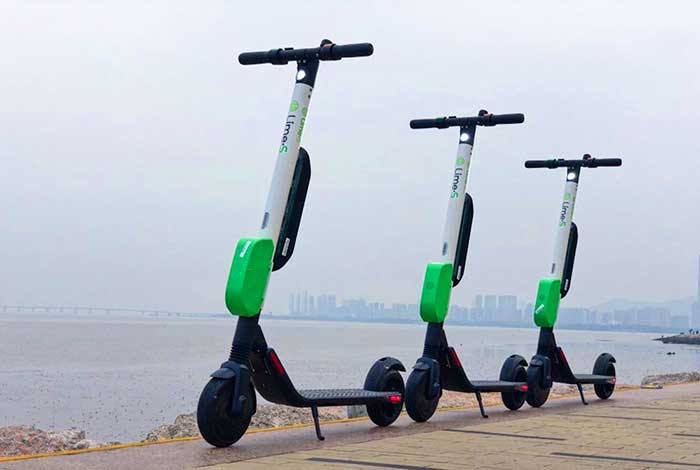
There is a massive rise of per-fluoroalkyl and poly-fluoroalkyl substances (PFAS) lawsuits taking place. These lawsuits are commonly being brought against companies that use, or used, PFAS as part of their products. Liability cases are beginning to rise in tandem with many companies, and it could see a huge number of litigation cases open up in the near future for people who feel like they have been let-down.
PFAS has become a major talking point in the world, as we realize just how many man-made compounds are having an impact on the wider world. Indeed, this has been an ongoing issue for almost a century; the first PFAS compounds were created in the 1930s when looking I nto carbon-based chemical reactions. The discovery in these events found that a particular coating had formed in a test chamber and was completely resistant to any methods that might otherwise break the chemical down.
They found that, like other PFAS compounds, it was able to repel water and oil with consistent ease. Before long, the company that had developed PFAS, Dupont, commercialised it into the ‘Teflon’ product that we all know today. 3M, the other part of the discovery team who ‘made’ PFAS, invented “Scotchguard” which was a form of perfluorooctane sulfonate. Within a few years, PFAS was found in thousands of worldwide products.
However, these “forever chemicals” are infamously hard to break down, which has led to some concerns about their impact on the environment and on humans themselves. Indeed, there has been ample research into the possibility that PFOA and PFOS are capable of producing forms of cancer, problems in livers and kidneys, and immune problems.
As this information begins to become more popular and widely shared, PFAS litigation has also grown.
Should we expect PFAS lawsuits to continue to grow?
Absolutely. The knowledge about what these substances could do to the body and the environment are only becoming known on a wide basis in recent years. Many claims are to do with environmental clean-up and remediation, but other lawsuits are built around combatting personal injury problems. The fear, though, is that PFAS lawsuits are going to move on from the manufacturers and more towards smaller businesses that simply use PFAS in their goods and products.
Indeed, landmark cases in Minnesota and now in Michigan show a distinct change in how these lawsuits are being brought forward. The case that looks to try and take on more than just the producers, but also those who use PFAS in their products, could set a major precedent that might leave many business owners confused and worried.
While PFAS concerns have been known for some years, the 2018 settling of the case against 3M by the state of Minnesota has opened the door to litigation that would have once been deemed unlikely.
Citation
https://www.natlawreview.com/article/pfas-product-liability-cases-are-floodgates-now-open


